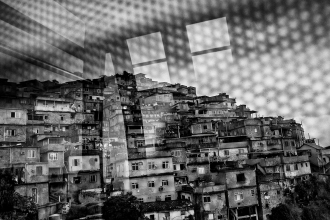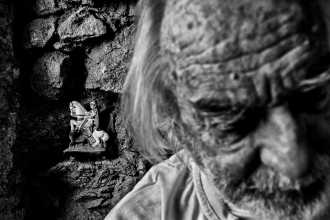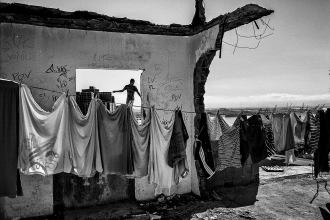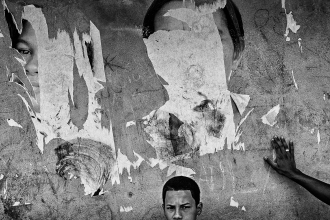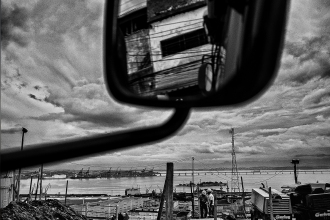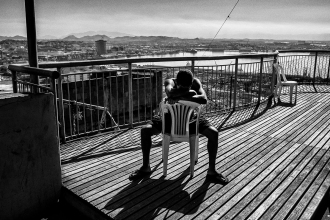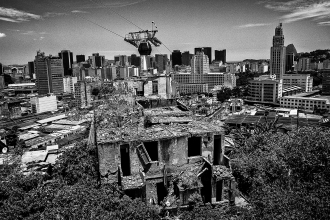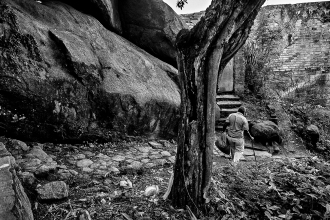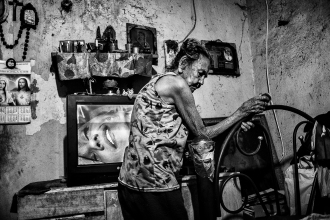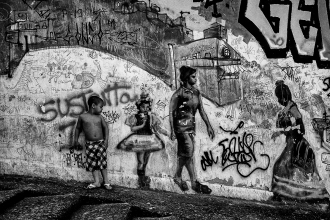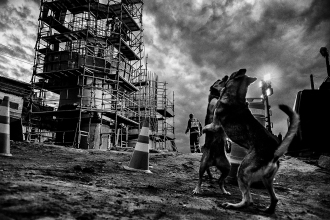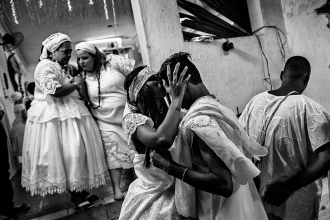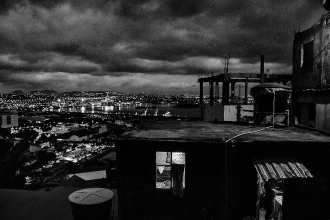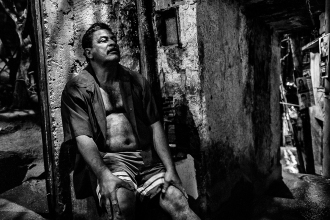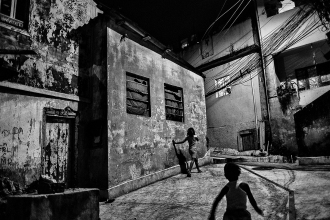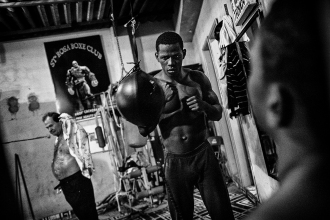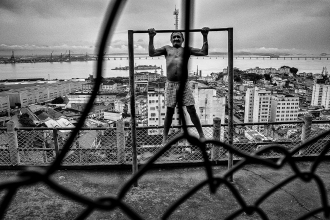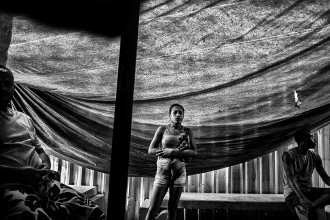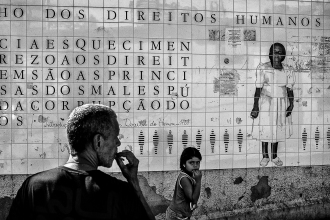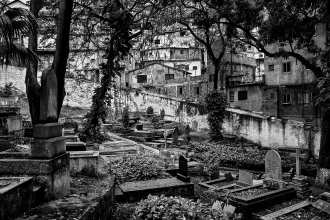voltarTHE FAVELA HILL
Situated right in the middle of the economic center and in the heart of the Docklands, the Providencia Hill is the oldest favela in Rio de Janeiro. We have to go back as far as the end of the nineteenth century to find the origins of its occupation. It was in fact 1897 when the veterans of the bloody “Canudos war”, in the Bahia’s State, arrived in Rio (which was then the Federal Capital), to claim those lands they were promised by the Government. They illegally set up camp nearby the Ministry of War and after a period of time the authority removed and relocated them in the nearby Providencia Hill. The ex-soldiers originally named it “Morro da Favela”, from the name of the spiny plant very common in the Canudos Hills. It was only in the ’20 that the term “favela” became a noun and is, until today, used to describe those irregular slum agglomerates. Overlooking the site where hundreds of thousands of African slaves first entered Brazil, Providencia is part of one of the most important cultural sites in Afro-Brazilian history. It was here where the first commercial sambas were composed and where traditions like Capoeira and Candomblè flourished. After having been one of the most violent favelas in Rio de Janeiro during the ’70 and ’80, the pacification process (put in place by the Government of the State of Rio) reached the community in April of 2010. Due to the World Cup and the Olympic games, the future of this community became seriously at risk. Looking to revitalize the whole port region, the Council started the construction of a large cable car and other urbanization projects that involved the removal of nearly a third of the houses of the community. Many residents have reported fundamental legal rights violations and even the way used to indicate what habitations were to be removed generated indignant protests. As Theresa Williamson ( Rio On Watch ) wrote in an article for the New York Times : “Homes are spray-painted during the day with the initials of the Municipal Housing Secretary and an identifying number. Residents return from work to learn that their homes will be demolished, with no warning of what’s to come, or when”. Various shadows have already been cast on the whole “Pacification program”. Strongly wanted by the current Government and funded in part by the billionaire Eike Batista’s firm, the project has proved unable to defeat the drug cartels. In many communities where the Pacifying Police Unit (UPP) has been installed, the drug trafficking continues to exist and to fuel its market. At the same time the UPP’s presence has generated an increase in market value in many favelas, especially the ones in the South Zone, triggering a very strong property speculation. The urban landscape is changing and the relocation program that is undergoing in many areas may also change the social geography, pushing the poor into the suburbs. It’s about time for the Latin American Governments to start planning a more ordered and equally just development of their own cities, keeping in mind that the right of a decent place to live is one of the fundamental rights of a person in the “Declarations of Human Rights”.
Gallery
